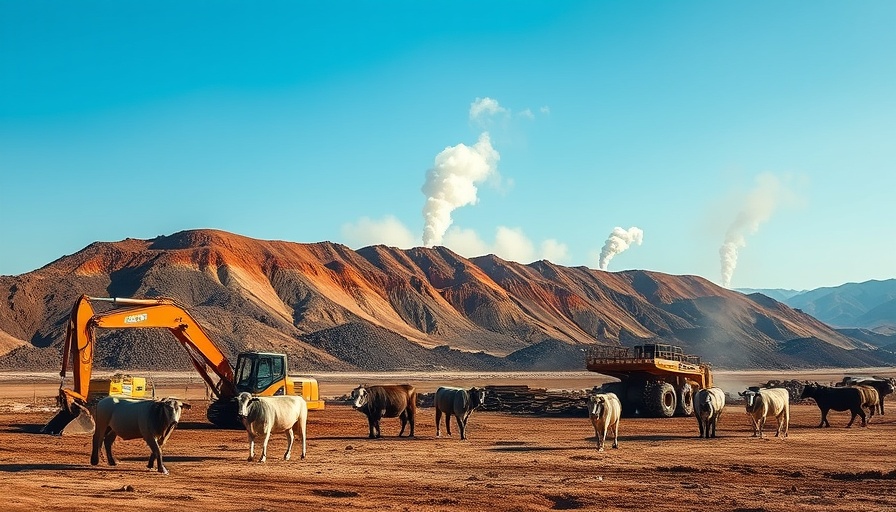
A Record-Breaking Year for UK Wildfires: A Wake-Up Call
The early indications for the wildfires of 2025 are alarming. According to the Global Wildfire Information System (GWIS), the total area burned in the United Kingdom has already surpassed 113 square miles. This figure marks the highest level recorded in over a decade, emphasizing the urgent need for improved wildfire preparedness and response strategies.
Understanding the Causes: Weather Patterns and Fuel Sources
Wildfires are not a new phenomenon for the UK, particularly in early spring. The recent spike in fire activity can largely be attributed to an unusually dry and sunny March. Will Lang, the head of the Met Office's risk and resilience services points out, “This followed quite a wet autumn and winter, which can have the effect of increasing the vegetation that acts as fuel for any fire that does start.” Essentially, the cycle of wet and dry weather creates ideal conditions for fire outbreaks.
From Small to Catastrophic: The Diverse Impact of Wildfires
The repercussions of these wildfires can be multifaceted. According to Guillermo Rein, a fire science professor at Imperial College London, while smaller, low-intensity wildfires can be essential for certain ecosystems, their increasing frequency and severity pose long-term risks. "My number one worry is what is going to happen in the summer," he explains. Unlike the rapid response to an avalanche of smaller fires, a single large wildfire can wreak havoc over a prolonged period, potentially threatening lives, homes, and wildlife.
The Role of Human Activity: Are We Unwittingly Adding Fuel to the Fire?
As climate change continues to exacerbate extreme weather conditions, scientists have warned that the UK will experience intensified wildfire threats moving forward. Factors such as urbanization, land management practices, and even climate policies can play a significant role in mitigating or aggravating wildfire risks. For instance, the presence of dead undergrowth coupled with insufficient new plant growth creates a tinderbox, primed for ignition as noted by Met Office spokesperson Oliver Clayton. By reevaluating land use and management practices, we can better prepare for what's becoming a stark new reality.
Future Predictions: What Lies Ahead for the UK?
The environmental landscape is continuously evolving, and with it, the patterns of wildfires are projected to change. Recent studies from the Met Office have indicated that the severe wildfires of July 2022 could be a harbinger of what’s to come, with conditions becoming more conducive to larger and more destructive fires. Establishing efficient prevention measures could significantly influence the capacity to control wildfires in the future.
The current situation serves as a crucial reminder that not only must we adapt to the changing climate, but we must also educate ourselves and our communities on responsible land management and fire prevention strategies. Equipping ourselves with knowledge can be our strongest defense against the increasingly extreme conditions posed by wildfires.
The series of alarming statistics and predictions should drive home the critical necessity for individuals, policymakers, and communities to take action now. Awareness and preparedness could very well determine the future fallouts from these evolving ecological challenges.
 Add Row
Add Row  Add
Add 




Write A Comment